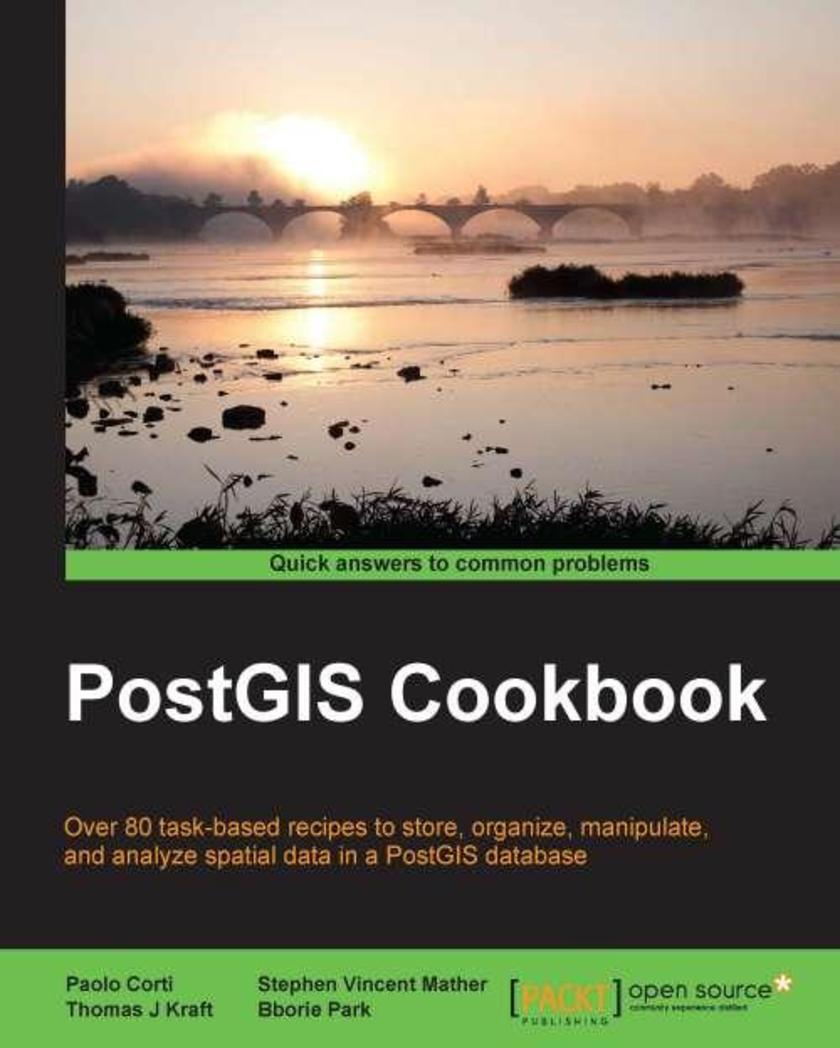
PostGIS Cookbook
¥90.46
An easytouse guide, full of handson recipes for manipulating spatial data in a PostGIS database. Each topic is explained and placed in context, and for the more inquisitive, there are more details of the concepts used. If you are a web developer or a software architect, especially in locationbased companies, and want to expand the range of techniques you are using with PostGIS, then this book is for you. You should have some prior experience with PostgreSQL database and spatial concepts.
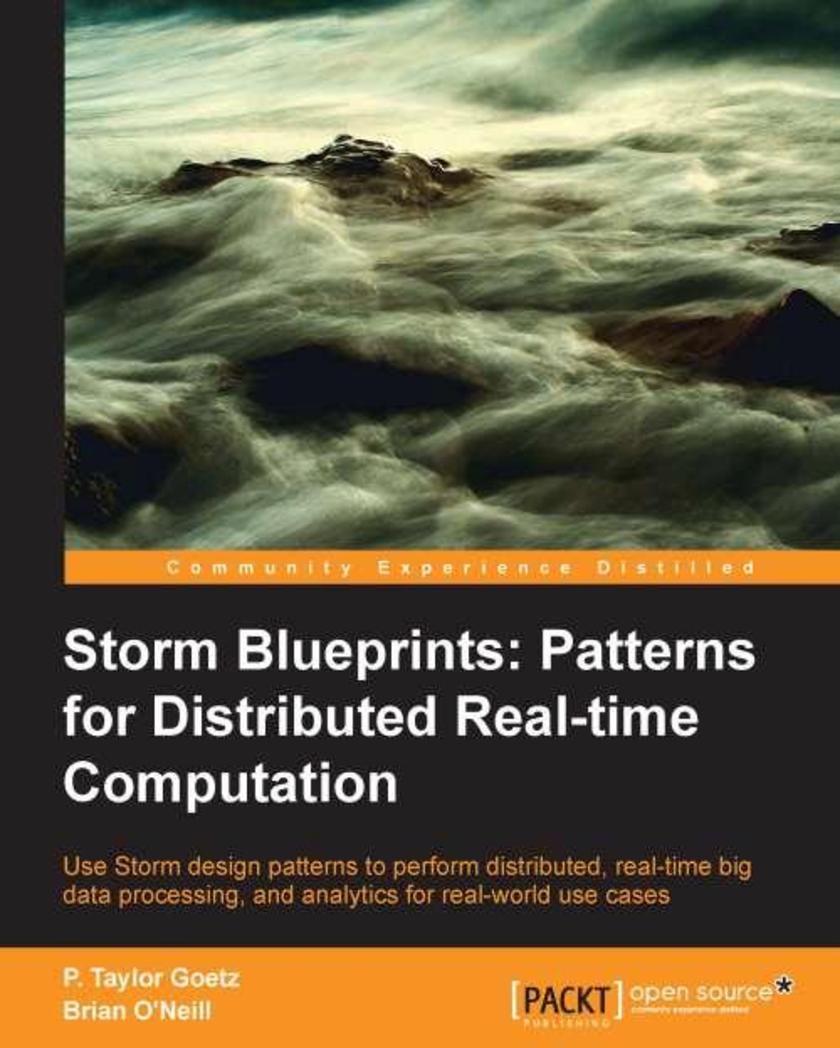
Storm: Distributed Real-time Computation Blueprints
¥90.46
A blueprints book with 10 different projects built in 10 different chapters which demonstrate the various use cases of storm for both beginner and intermediate users, grounded in realworld example applications. Although the book focuses primarily on Java development with Storm, the patterns are more broadly applicable and the tips, techniques, and approaches described in the book apply to architects, developers, and operations. Additionally, the book should provoke and inspire applications of distributed computing to other industries and domains. Hadoop enthusiasts will also find this book a good introduction to Storm, providing a potential migration path from batch processing to the world of realtime analytics.
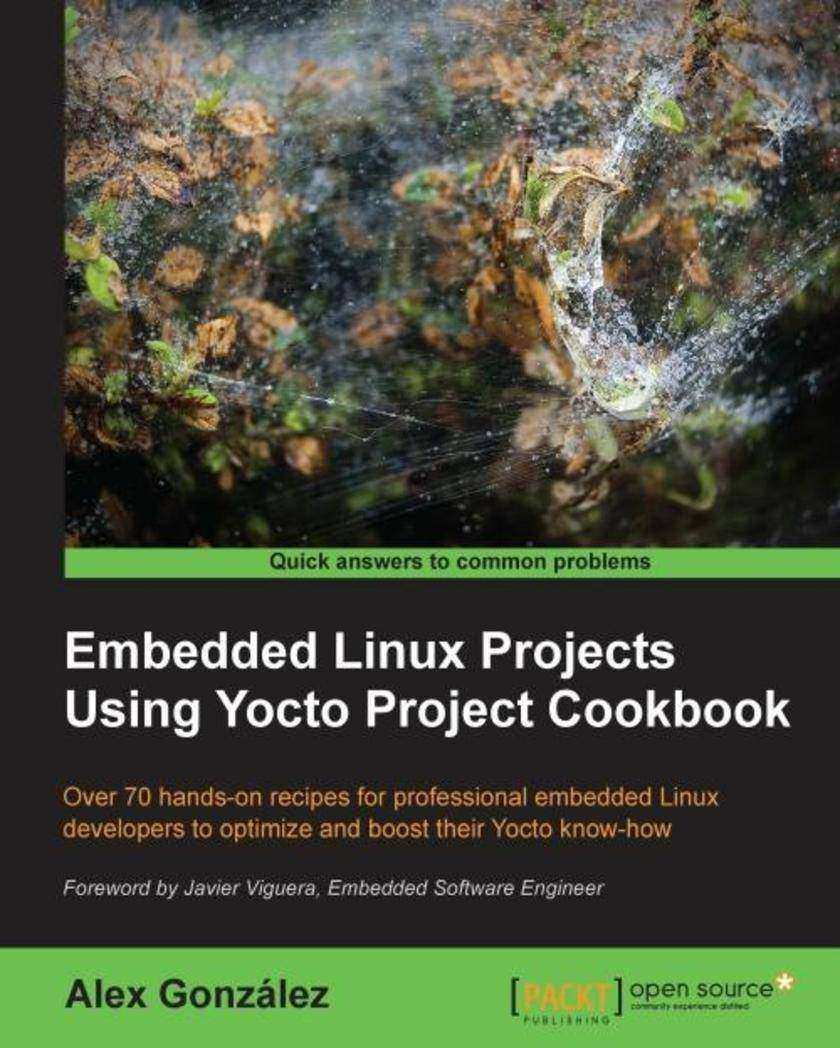
Embedded Linux Projects Using Yocto Project Cookbook
¥90.46
If you are an embedded developer learning about embedded Linux with some experience with the Yocto project, this book is the ideal way to become proficient and broaden your knowledge with examples that are immediately applicable to your embedded developments. Experienced embedded Yocto developers will find new insight into working methodologies and ARM specific development competence.
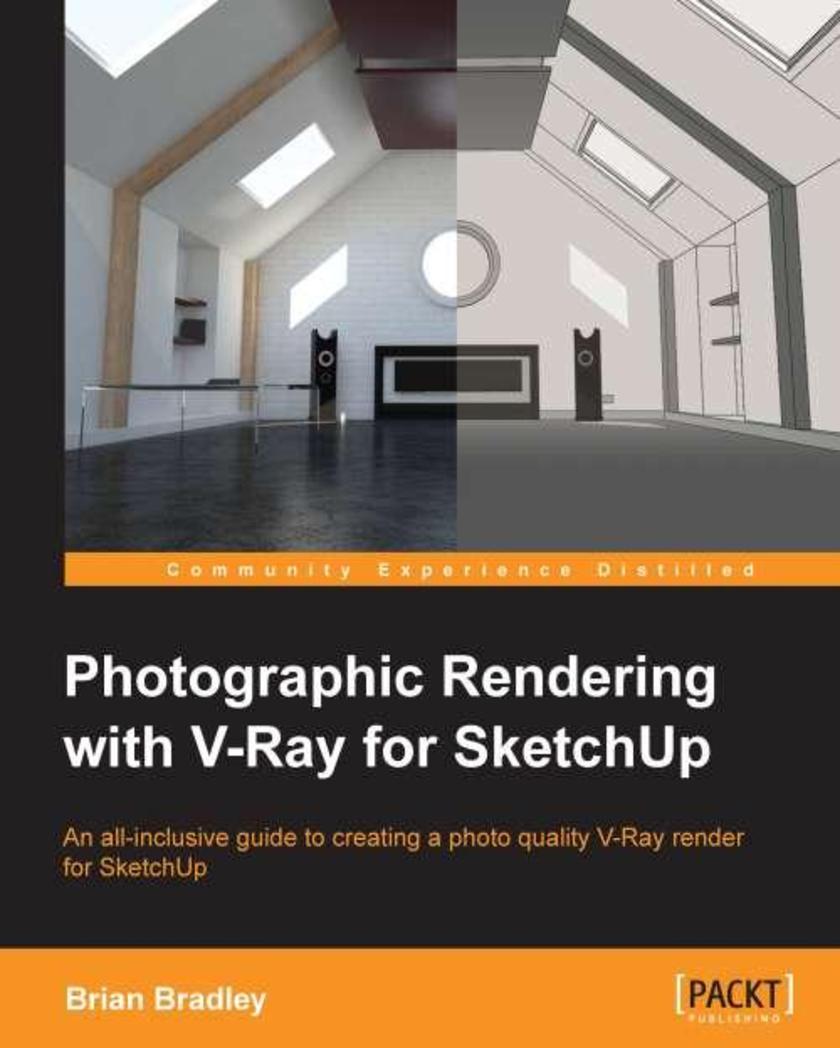
Photographic Rendering with V-Ray for SketchUp
¥90.46
This book is filled with examples explaining the theoretical concepts behind them. Filled with ample screenshots, diagrams, and final rendered images, this book will help readers develop an understanding of photographic rendering with VRay. If you are a SketchUp user who would love to turn your favourite modelling application into a ‘virtual photography studio’, then this book has been designed and written for you. Existing VRay users will also find plenty to enjoy and benefit from in this book. Some basic experience with SketchUp and familiarity with photography will be helpful, but is not mandatory.
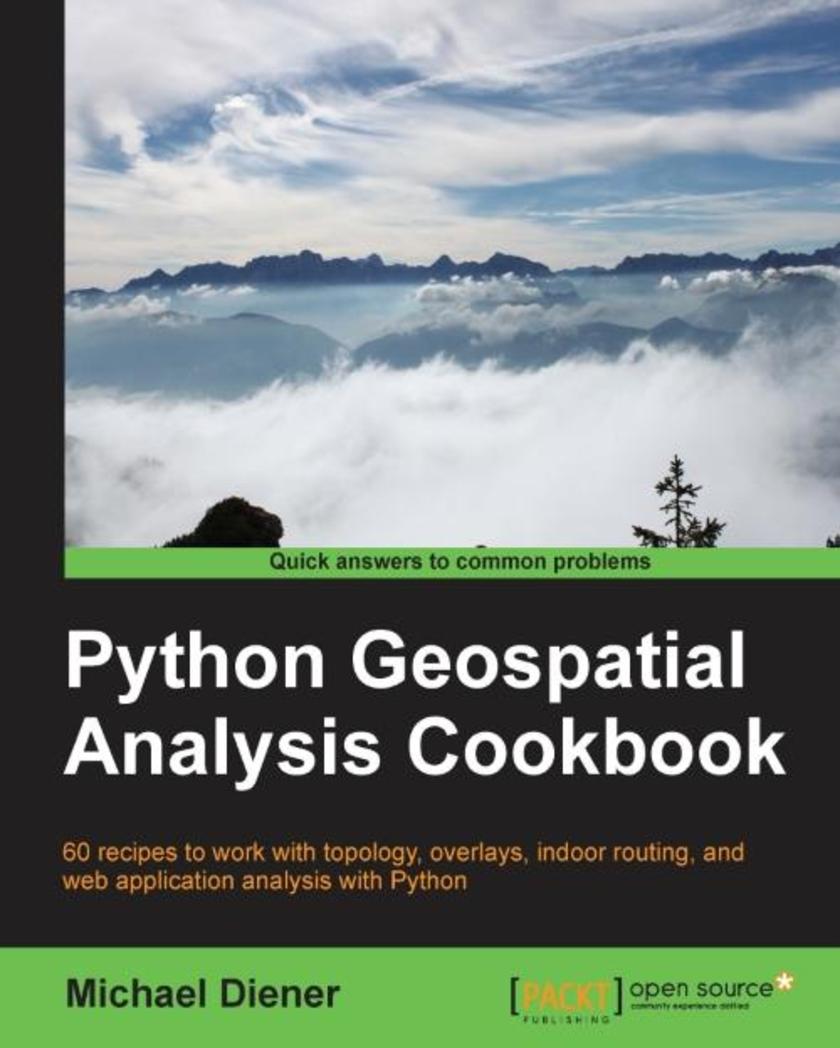
Python Geospatial Analysis Cookbook
¥90.46
Over 60 recipes to work with topology, overlays, indoor routing, and web application analysis with Python About This Book Explore the practical process of using geospatial analysis to solve simple to complex problems with reusable recipes Concise step-by-step instructions to teach you about projections, vector, raster, overlay, indoor routing and topology analysis Create a basic indoor routing application with geodjango Who This Book Is For If you are a student, teacher, programmer, geospatial or IT administrator, GIS analyst, researcher, or scientist looking to do spatial analysis, then this book is for you. Anyone trying to answer simple to complex spatial analysis questions will get a working demonstration of the power of Python with real-world data. Some of you may be beginners with GIS, but most of you will probably have a basic understanding of geospatial analysis and programming. What You Will Learn Discover the projection and coordinate system information of your data and learn how to transform that data into different projections Import or export your data into different data formats to prepare it for your application or spatial analysis Use the power of PostGIS with Python to take advantage of the powerful analysis functions Execute spatial analysis functions on vector data including clipping, spatial joins, measuring distances, areas, and combining data to new results Create your own set of topology rules to perform and ensure quality assurance rules in Python Find the shortest indoor path with network analysis functions in easy, extensible recipes revolving around all kinds of network analysis problems Visualize your data on a map using the visualization tools and methods available to create visually stunning results Build an indoor routing web application with GeoDjango to include your spatial analysis tools built from the previous recipes In Detail Geospatial development links your data to places on the Earth’s surface. Its analysis is used in almost every industry to answer location type questions. Combined with the power of the Python programming language, which is becoming the de facto spatial *ing choice for developers and analysts worldwide, this technology will help you to solve real-world spatial problems. This book begins by tackling the installation of the necessary software dependencies and libraries needed to perform spatial analysis with Python. From there, the next logical step is to prepare our data for analysis; we will do this by building up our tool box to deal with data preparation, transformations, and projections. Now that our data is ready for analysis, we will tackle the most common analysis methods for vector and raster data. To check or validate our results, we will explore how to use topology checks to ensure top-quality results. This is followed with network routing analysis focused on constructing indoor routes within buildings, over different levels. Finally, we put several recipes together in a GeoDjango web application that demonstrates a working indoor routing spatial analysis application. The round trip will provide you all the pieces you need to accomplish your own spatial analysis application to suit your requirements. Style and approach Easy-to-follow, step-by-step recipes, explaining from start to finish how to accomplish real-world tasks.
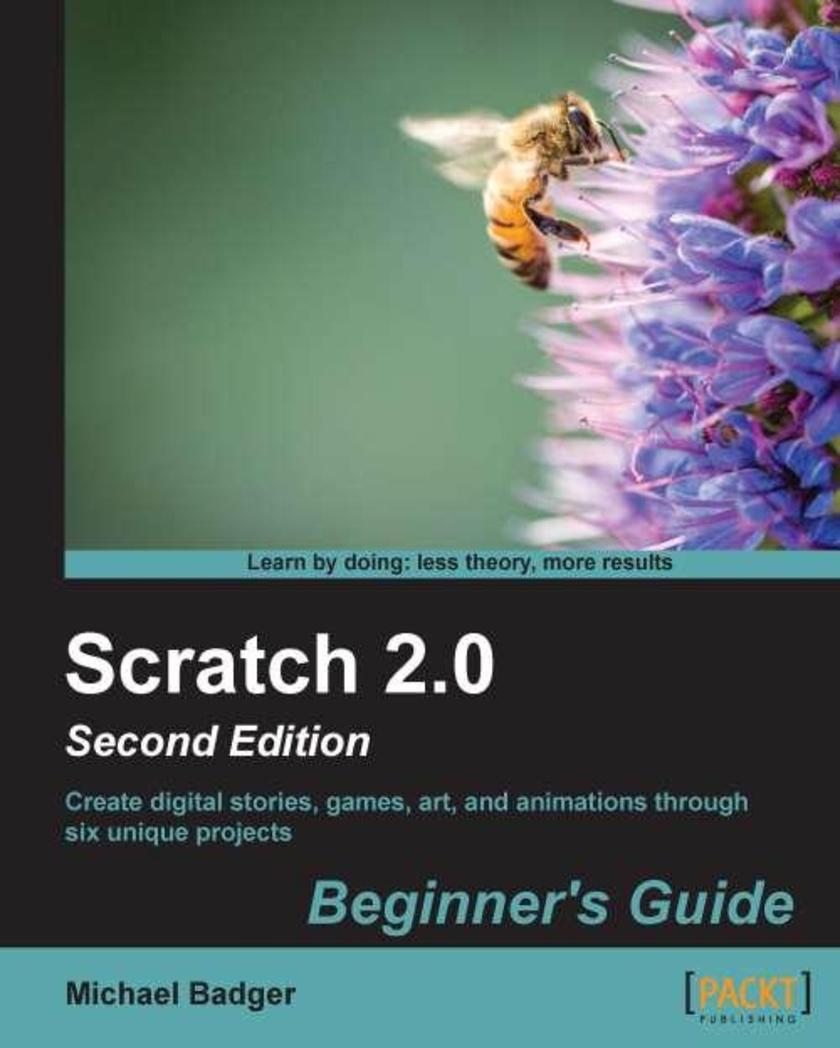
Scratch 2.0 Beginner's Guide
¥90.46
The book uses stepbystep instructions along with full code listings for each exercise. After each exercise, the author pauses to reflect, explain, and offer insights before building on the project. The author approaches the content with the belief that we are all teachers and that you are reading this book not only because you want to learn, but because you want to share your knowledge with others. Motivated students can pick up this book and teach themselves how to program because the book takes a simple, strategic, and structured approach to learning Scratch. Parents can grasp the fundamentals so that they can guide their children through introductory Scratch programming exercises. It’s perfect for homeschool families. Teachers of all disciplines from computer science to English can quickly get up to speed with Scratch and adapt the projects for use in the classroom.
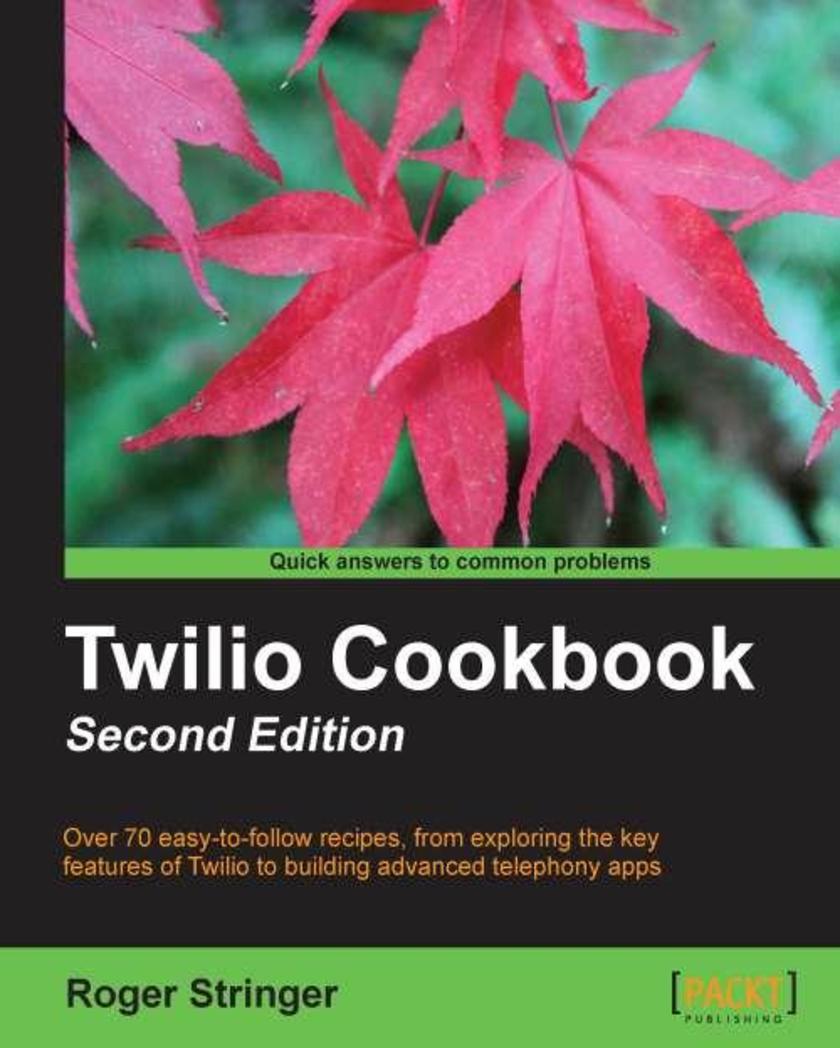
Twilio Cookbook Second Edition
¥90.46
This book is a practical, handson guide that provides the reader with a number of clear, stepbystep bitesize recipes. If you are a developer and want to learn about integrating Twilio's API into your websites for telephone solutions, then this book is for you. Basic knowledge of PHP and MySQL is expected.
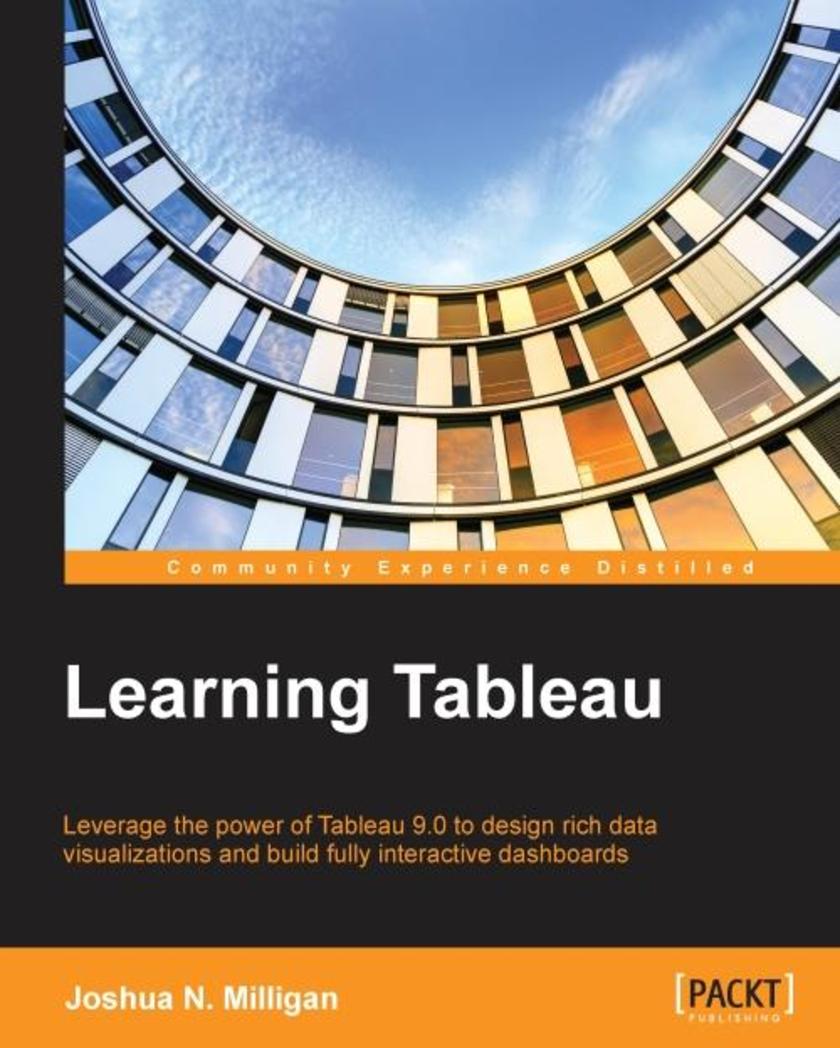
Learning Tableau
¥90.46
If you want to understand your data using data visualization and don't know where to start, then this is the book for you. Whether you are a beginner or have years of experience, this book will help you to quickly acquire the skills and techniques used to discover, analyze, and communicate data visually. Some familiarity with databases and data structures is helpful, but not required.
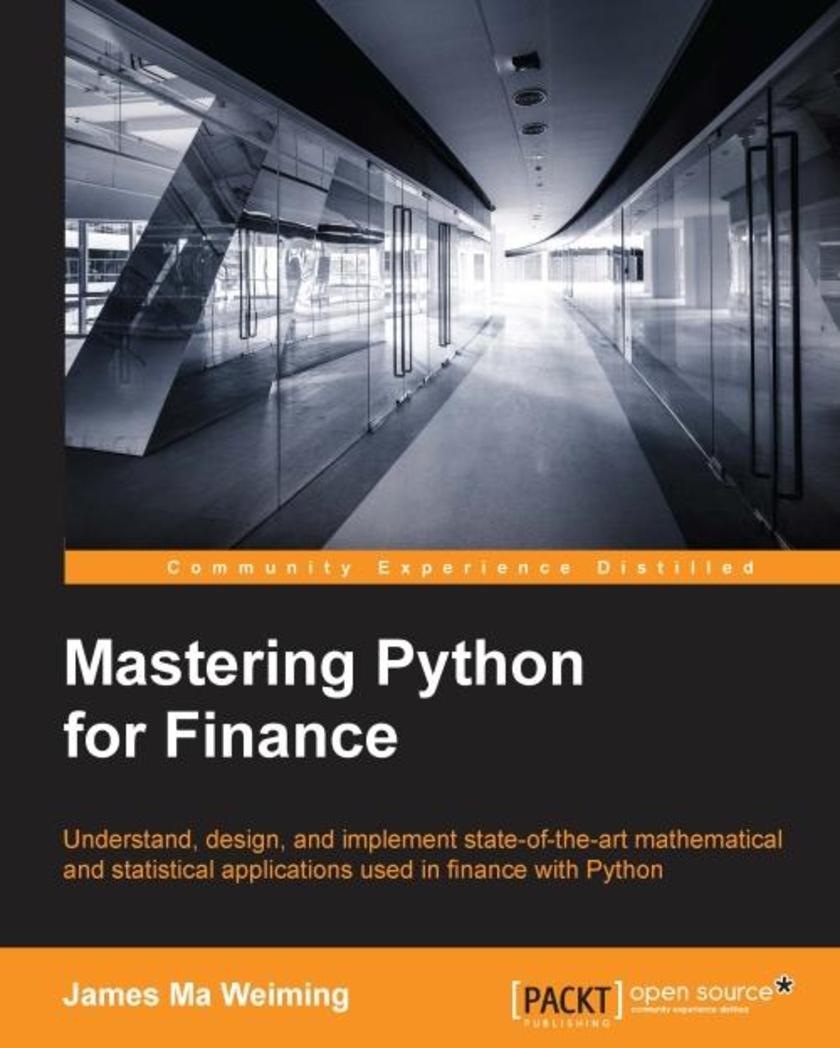
Mastering Python for Finance
¥90.46
If you are an undergraduate or graduate student, a beginner to algorithmic development and research, or a software developer in the financial industry who is interested in using Python for quantitative methods in finance, this is the book for you. It would be helpful to have a bit of familiarity with basic Python usage, but no prior experience is required.
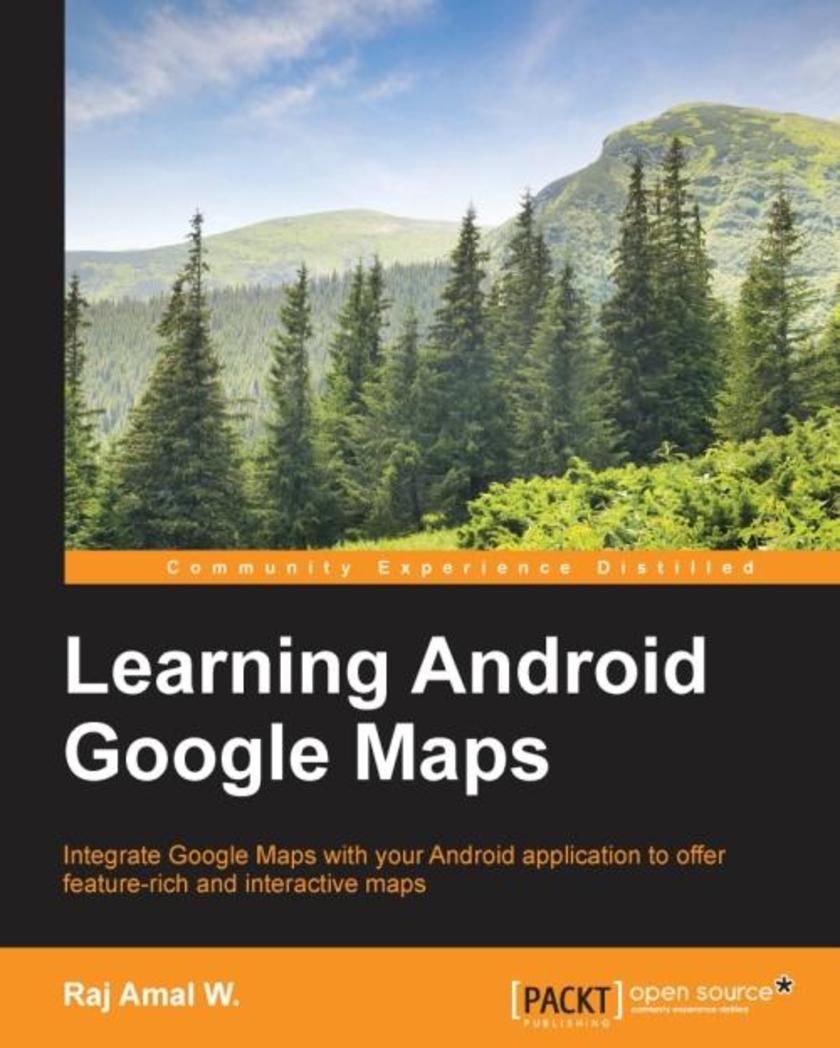
Learning Android Google Maps
¥90.46
Integrate Google Maps with your Android application to offer feature-rich and interactive maps About This Book Set up the development environment and obtain the Google API key to create your first map application Create a cutting edge Google maps application by implementing all the concepts learned A step-by-step tutorial guide that is full of pragmatic examples Who This Book Is For If you are an Android developer and want to integrate maps into your application, then this book is definitely for you. This book is intended for novice Android application developers who would like to get up and running with map rich applications using Google Maps. Some basic development experience would be helpful but it's not a mandate. What You Will Learn Get to know about the basic development environment setup needed to create a successful map application Generate an SHA1 fingerprint, obtain an API key, and create a basic map application Detect different types of maps and implement them in your application Add information to your map such as markers, overlays, information windows, and shapes Explore the interaction with maps and work with gestures Change the different camera views in your map application Work with real-time GPS location data and implementing it in your application Apply Street View and integrate the StreetViewPanoroma fragment to your application Employ the native Google maps application to solve some of the tasks using intents Create a cutting edge Google maps application by implementing all the concepts learned In Detail This book helps you to overcome the most common problems faced by users and helps you create a successful map application without any hassle. The book starts with a brief de*ion of how to set up an environment and obtain an API key to create your map application. This book will teach you about adding markers, overlays, and information windows to the map in detail. You will then dive deep into customizing various types of maps and working with location data and Google Street view. By the end of this book, you will be able to create succinct map applications in Android using Google maps efficiently. Style and approach The book is tailored for the reader with a fundamental approach to Android Google Maps providing a step-by-step introduction to Android Google Maps. It focuses on simple, easy-to-understand examples that are pragmatic and serve as useful basis for real-world applications. Different topics are approached in a bottom-up fashion, gradually going from the simplest foundations to the most advanced features.
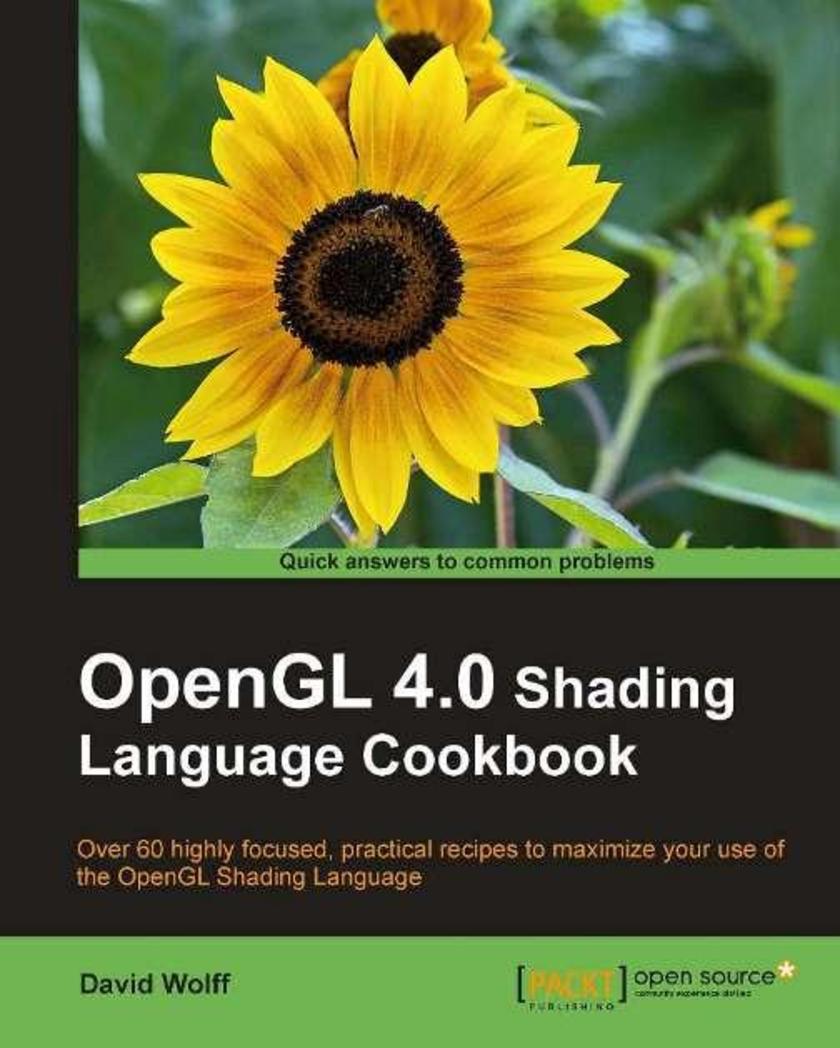
OpenGL 4.0 Shading Language Cookbook
¥90.46
This hands-on guide cuts short the preamble and gets straight to the point – actually creating graphics, instead of just theoretical learning. Each recipe is specifically tailored to satisfy your appetite for producing real-time 3-D graphics using GLSL 4.0. If you are an OpenGL programmer looking to use the modern features of GLSL 4.0 to create real-time, three-dimensional graphics, then this book is for you. Familiarity with OpenGL programming, along with the typical 3D coordinate systems, projections, and transformations is assumed. It can also be useful for experienced GLSL programmers who are looking to implement the techniques that are presented here.
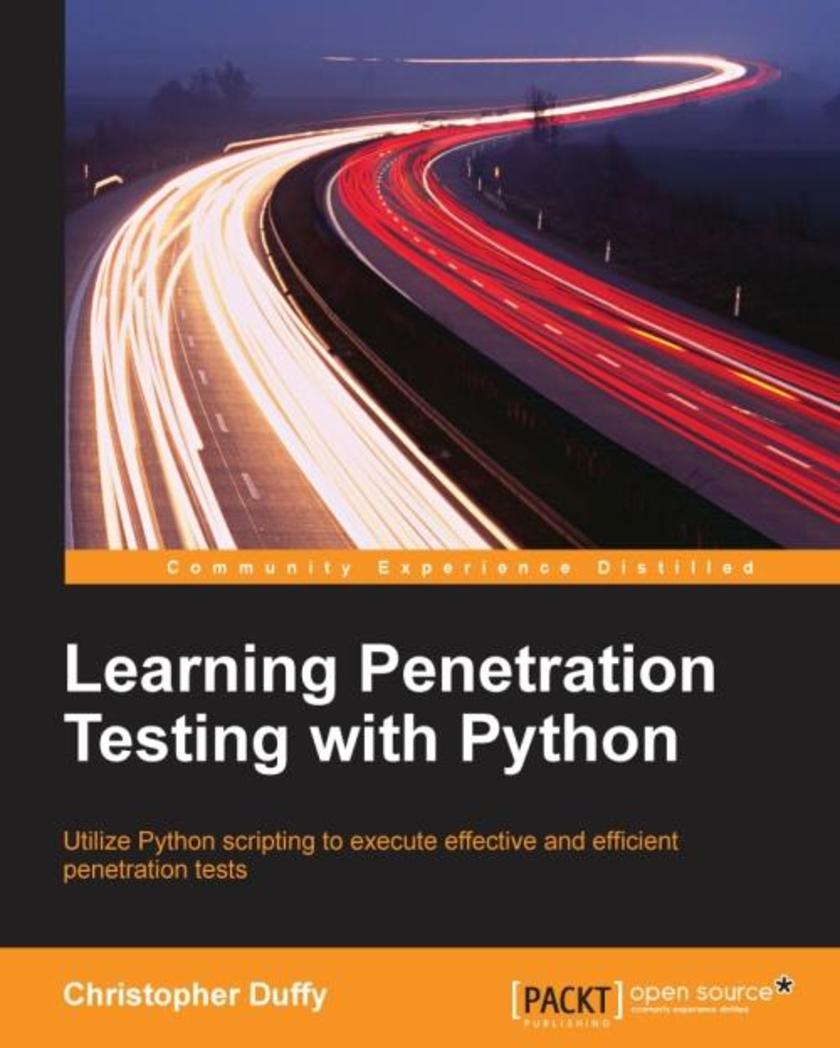
Learning Penetration Testing with Python
¥90.46
Utilize Python *ing to execute effective and efficient penetration tests About This Book Understand how and where Python *s meet the need for penetration testing Familiarise yourself with the process of highlighting a specific methodology to exploit an environment to fetch critical data Develop your Python and penetration testing skills with real-world examples Who This Book Is For If you are a security professional or researcher, with knowledge of different operating systems and a conceptual idea of penetration testing, and you would like to grow your knowledge in Python, then this book is ideal for you. What You Will Learn Familiarise yourself with the generation of Metasploit resource files Use the Metasploit Remote Procedure Call (MSFRPC) to automate exploit generation and execution Use Python’s Scrapy, network, socket, office, Nmap libraries, and custom modules Parse Microsoft Office spreadsheets and eXtensible Markup Language (XML) data files Write buffer overflows and reverse Metasploit modules to expand capabilities Exploit Remote File Inclusion (RFI) to gain administrative access to systems with Python and other *ing languages Crack an organization’s Internet perimeter Chain exploits to gain deeper access to an organization’s resources Interact with web services with Python In Detail Python is a powerful new-age *ing platform that allows you to build exploits, evaluate services, automate, and link solutions with ease. Python is a multi-paradigm programming language well suited to both object-oriented application development as well as functional design patterns. Because of the power and flexibility offered by it, Python has become one of the most popular languages used for penetration testing. This book highlights how you can evaluate an organization methodically and realistically. Specific tradecraft and techniques are covered that show you exactly when and where industry tools can and should be used and when Python fits a need that proprietary and open source solutions do not. Initial methodology, and Python fundamentals are established and then built on. Specific examples are created with vulnerable system images, which are available to the community to test *s, techniques, and exploits. This book walks you through real-world penetration testing challenges and how Python can help. From start to finish, the book takes you through how to create Python *s that meet relative needs that can be adapted to particular situations. As chapters progress, the * examples explain new concepts to enhance your foundational knowledge, culminating with you being able to build multi-threaded security tools, link security tools together, automate reports, create custom exploits, and expand Metasploit modules. Style and approach This book is a practical guide that will help you become better penetration testers and/or Python security tool developers. Each chapter builds on concepts and tradecraft using detailed examples in test environments that you can simulate.
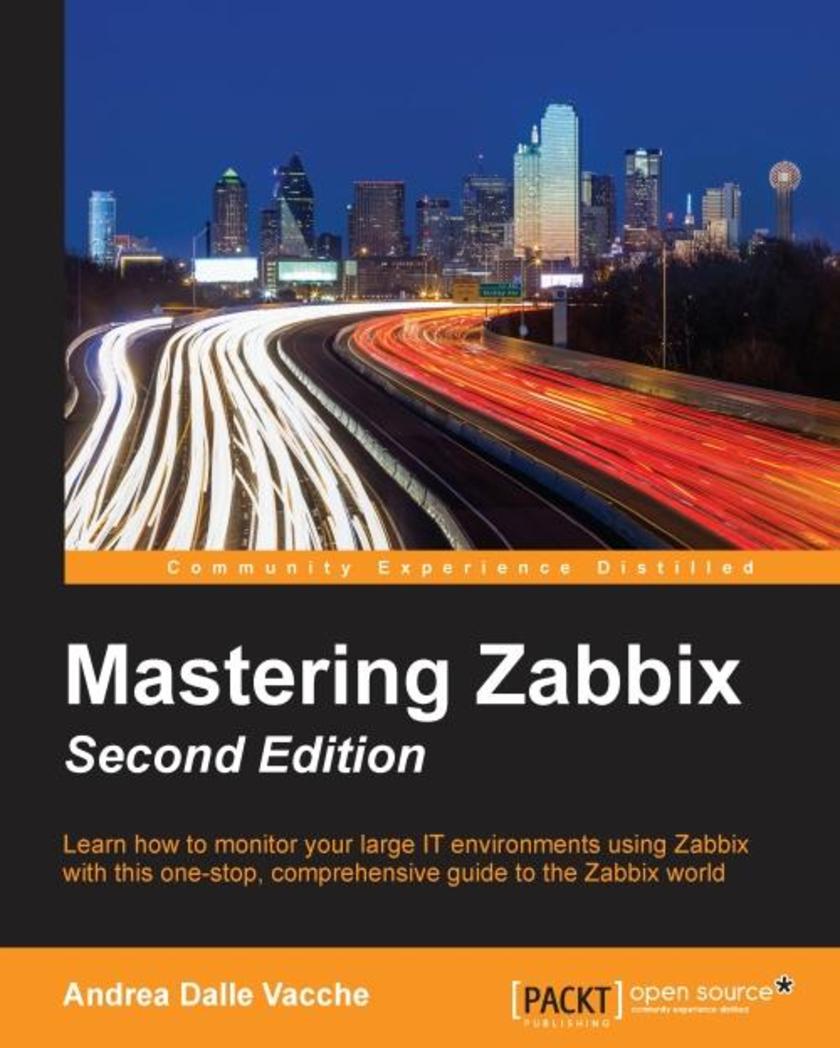
Mastering Zabbix - Second Edition
¥90.46
Learn how to monitor your large IT environments using Zabbix with this one-stop, comprehensive guide to the Zabbix world About This Book Create a tailor-made monitoring solution based on your specific needs Learn advanced techniques of Zabbix to monitor networks, performances, and other critical features in large environments Integrate, customize, and extend your monitoring solutions with external components and software Who This Book Is For This book is intended for system administrators and IT architects who need to better integrate their Zabbix installation with their surrounding environment. A basic, working knowledge of Zabbix and Linux is assumed so that the book can focus on how to use every component to its full advantage. It will also be helpful to be familiar with programming concepts and languages but if not, all the content in the book is thorough and well documented. What You Will Learn Efficiently collect data from a large variety of monitoring objects Organize your data in graphs, charts, maps, and slide shows Build intelligent triggers and alarms to monitor your network proactively Write your own custom probes and monitoring *s to extend Zabbix Configure Zabbix and its database to be high available and fault-tolerant Automate repetitive procedures using Zabbix's API Integrate Zabbix with external systems Understand the protocol and how to interact with it by writing your own custom agent In Detail Nowadays monitoring systems play a crucial role in any IT environment. They are extensively used to not only measure your system’s performance, but also to forecast capacity issues. This is where Zabbix, one of the most popular monitoring solutions for networks and applications, comes into the picture. With an efficient monitoring system in place you’ll be able to foresee when your infrastructure runs under capacity and react accordingly. Due to the critical role a monitoring system plays, it is fundamental to implement it in the best way from its initial setup. This avoids misleading, confusing, or, even worse, false alarms which can disrupt an efficient and healthy IT department. This new edition will provide you with all the knowledge you need to make strategic and practical decisions about the Zabbix monitoring system. The setup you’ll do with this book will fit your environment and monitoring needs like a glove. You will be guided through the initial steps of choosing the correct size and configuration for your system, to what to monitor and how to implement your own custom monitoring component. Exporting and integrating your data with other systems is also covered. By the end of this book, you will have a tailor-made and well configured monitoring system and will understand with absolute clarity how crucial it is to your IT environment. Style and approach This book is an easy to follow, step-by-step guide to monitoring network and performance in large environments with Zabbix. It is designed for real-world Zabbix administrators, and is comprised of a perfect mix of theoretical explanations and practical applications, making it your perfect companion.
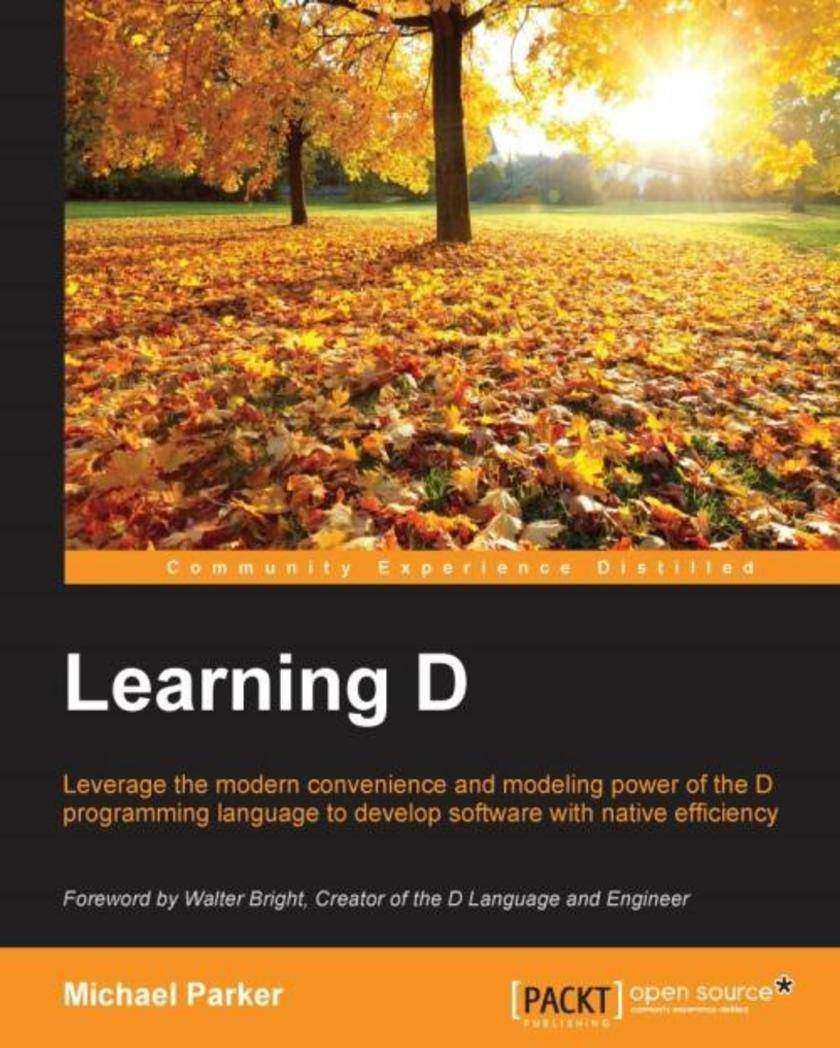
Learning D
¥90.46
Leverage the modern convenience and modelling power of the D programming language to develop software with native efficiency About This Book Acquire the skills to understand the fundamentals of D through its support for imperative and object-oriented programming Take advantage of D’s powerful compile-time features, templates and ranges to apply generative, generic, and functional style A systematic guide that will help you become familiar with the concepts in D with the help of simple and easy-to-understand examples Who This Book Is For This book is intended for those with some background in a C-family language who want to learn how to apply their knowledge and experience to D. Perhaps you’re a college student looking to use D for hobby projects, or a career programmer interested in expanding your skillset. This book will help you get up to speed with the language and avoid common pitfalls that arise when translating C-family experience to D. What You Will Learn Compile programs with DMD and manage projects with DUB Work efficiently by binding your D programs with new and existing C libraries Generate code at compile-time to enhance runtime performance Implement complex templates for more powerful generic code Write idiomatic D with range-based functional pipelines Use the DUB repository to find a link with a variety of D libraries Implement a web-app in D from the ground up In Detail D is a modern programming language that is both powerful and efficient. It combines multiple paradigms in a way that opens up a whole new world of software design. It is used to develop both desktop and web applications, with future targets including mobile, and is available on multiple platforms. It is familiar to anyone with some experience in one or more of the C-family languages. However, hidden in the similarities are several differences that can be surprising when trying to apply common idioms from other languages. When learning D on your own, this can make it more time-consuming to master. In order to make the most of the language and become an idiomatic D programmer, it’s necessary to learn how to think in D. This book familiarizes you with D from the ground up, with a heavy focus on helping you to avoid surprises so that you can take your D knowledge to the next level more quickly and painlessly. Your journey begins with a taste of the language and the basics of compiling D programs with DMD, the reference D compiler developed by Digital Mars, and DUB, a community-developed build utility and package manager. You then set out on an exploration of major language features. This begins with the fundamentals of D, including built-in types, conditionals, loops and all of the basic building-blocks of a D program, followed by an examination of D’s object-oriented programming support. You’ll learn how these features differ from languages you may already be familiar with. Next up are D’s compile-time features, such as Compile-Time Function Evaluation and conditional compilation, then generic programming with templates. After that, you’ll learn the more advanced features of ranges and functional pipeline programming. To enhance your D experience, you are next taken on a tour of the D ecosystem and learn how to make D interact with C. Finally, you get a look at D web development using the vibe.d project and the book closes with some handy advice on where to go next. Style and approach A friendly guide to the D programming language and its ecosystem that walks programmers through all they need to know for a painless experience in learning D.
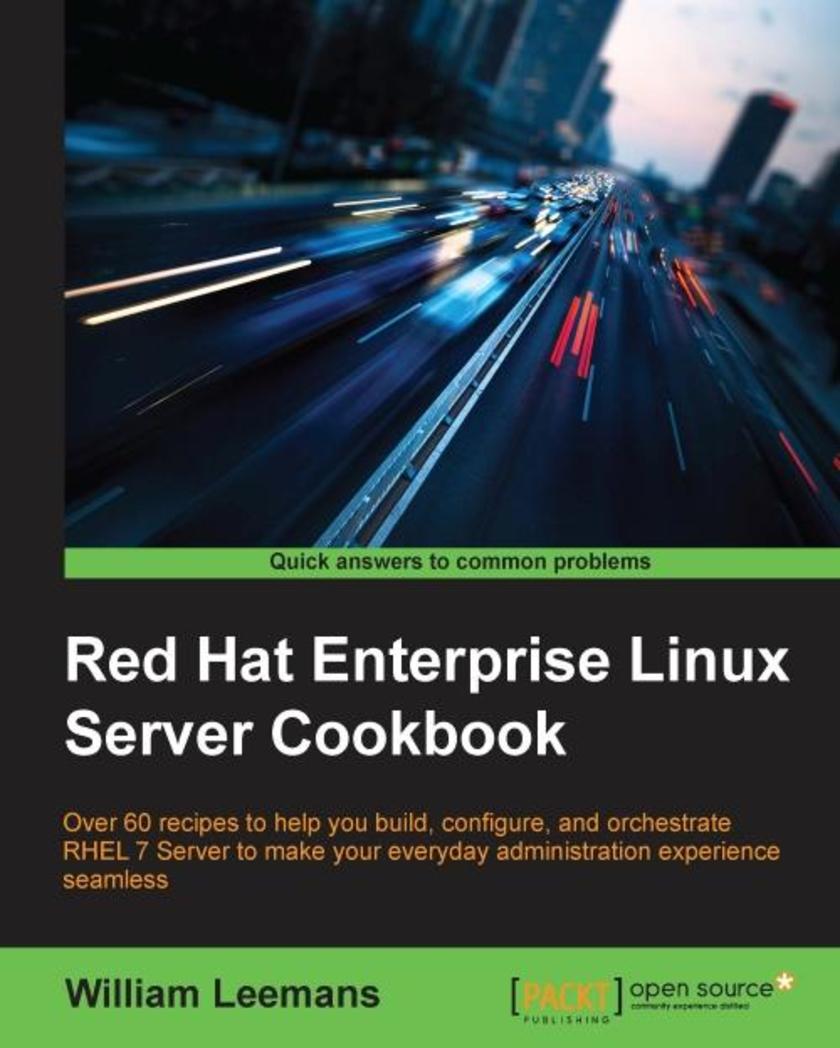
Red Hat Enterprise Linux Server Cookbook
¥90.46
Over 60 recipes to help you build, configure, and orchestrate RHEL 7 Server to make your everyday administration experience seamless About This Book Create fully unattended installations and deploy configurations without breaking a sweat Discover and kick-start the newest RHEL 7 configuration and management tools through an easy-to-follow, practical approach for a lazy system management Be guided by an experienced RHEL expert who is a certified Linux engineer with a passion for open source and open standards Who This Book Is For Red Hat Enterprise Linux Server Cookbook is for RHEL 7 system administrators and DevOps in need of a practical reference guide to troubleshoot common issues and quickly perform tasks. What You Will Learn Set up and configure RHEL 7 Server Use NetworkManager to configure all aspects of your network Manage virtual environments using libvirt Set up software repositories Secure and monitor your RHEL environment Configure SELinux, and create and apply its policies Create kickstart *s to automatically deploy RHEL 7 systems Use Orchestration and configuration management tools to manage your environment In Detail Dominating the server market, the Red Hat Enterprise Linux operating system gives you the support you need to modernize your infrastructure and boost your organization’s efficiency. Combining both stability and flexibility, RHEL helps you meet the challenges of today and adapt to the demands of tomorrow. This practical Cookbook guide will help you get to grips with RHEL 7 Server and automating its installation. Designed to provide targeted assistance through hands-on recipe guidance, it will introduce you to everything you need to know about KVM guests and deploying multiple standardized RHEL systems effortlessly. Get practical reference advice that will make complex networks setups look like child’s play, and dive into in-depth coverage of configuring a RHEL system. Also including full recipe coverage of how to set up, configuring, and troubleshoot SELinux, you’ll also discover how secure your operating system, as well as how to monitor it. Style and approach This practical guide is packed full of hands-on recipes that provide quick solutions to the problems faced when building your RHEL 7 system from scratch using orchestration tools. Each topic is explained sequentially in the process of setting up a system and binding everything together.
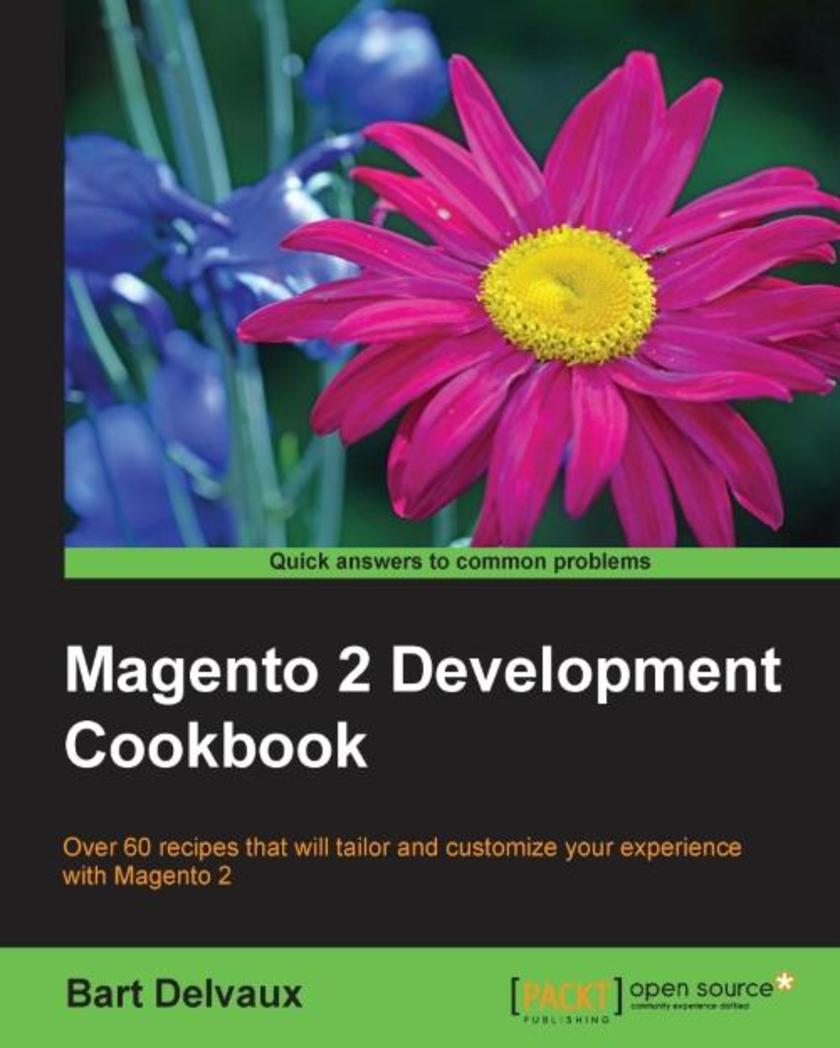
Magento 2 Development Cookbook
¥90.46
Over 60 recipes that will tailor and customize your experience with Magento 2 About This Book Solve common problems encountered while extending your Magento 2 store to fit your business needs Delve into the exciting and enhanced features of Magento 2 such as customizing security permissions, intelligent filtered search options, easy third-party integration, among others Learn to build and maintain a Magento 2 shop via a visual-based page editor and customize the look and feel using Magento 2’s offerings on the go Who This Book Is For This book is for every developer who has knowledge of PHP and wants to extend or customize the functionality of their Magento 2 system. If you have prior experience of the Magento platform, you will find this book useful in exploring the advanced features. What You Will Learn Install a Magento 2 shop with sample data Upgrade the data in a Magento 1 shop to a Magento 2 shop Manage the look and feel of the shop with custom themes Extend the shop with custom functionality such as forms, grids, and more Accelerate your store with some performance tool Build and structure your own shipping module Test your shop with automated tests and manage your product display In Detail With the challenges of growing an online business, Magento 2 is an open source e-commerce platform with innumerable functionalities that gives you the freedom to make on-the-fly decisions. It allows you to customize multiple levels of security permissions and enhance the look and feel of your website, and thus gives you a personalized experience in promoting your business. Style and approach This book is packed with a wide range of techniques to modify and extend the functionality of your online store. It contains easy-to-understand recipes starting with the basics and moving on to cover advanced topics. Many recipes work with code examples that can be downloaded from the book’s website.
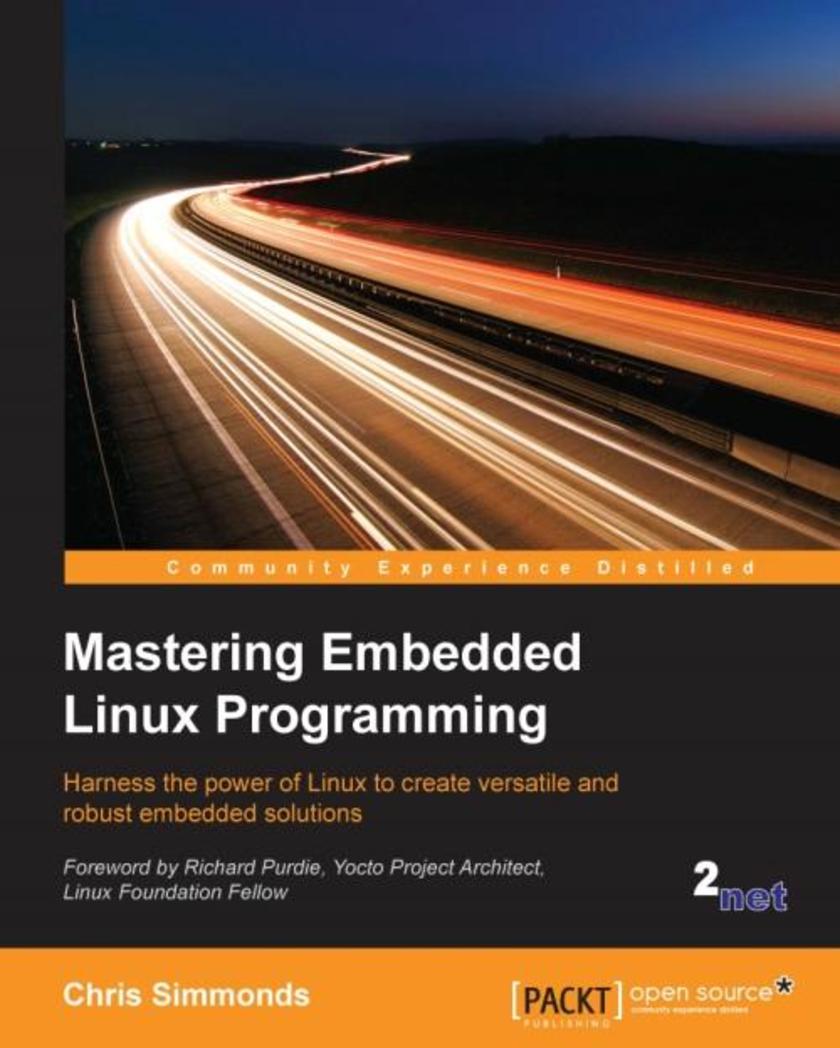
Mastering Embedded Linux Programming
¥90.46
Harness the power of Linux to create versatile and robust embedded solutions About This Book Create efficient and secure embedded devices using Linux Minimize project costs by using open source tools and programs Explore each component technology in depth, using sample implementations as a guide Who This Book Is For This book is ideal for Linux developers and system programmers who are already familiar with embedded systems and who want to know how to create best-in-class devices. A basic understanding of C programming and experience with systems programming is needed. What You Will Learn Understand the role of the Linux kernel and select an appropriate role for your application Use Buildroot and Yocto to create embedded Linux systems quickly and efficiently Create customized bootloaders using U-Boot Employ perf and ftrace to identify performance bottlenecks Understand device trees and make changes to accommodate new hardware on your device Write applications that interact with Linux device drivers Design and write multi-threaded applications using POSIX threads Measure real-time latencies and tune the Linux kernel to minimize them In Detail Mastering Embedded Linux Programming takes you through the product cycle and gives you an in-depth de*ion of the components and options that are available at each stage. You will begin by learning about toolchains, bootloaders, the Linux kernel, and how to configure a root filesystem to create a basic working device. You will then learn how to use the two most commonly used build systems, Buildroot and Yocto, to speed up and simplify the development process. Building on this solid base, the next section considers how to make best use of raw NAND/NOR flash memory and managed flash eMMC chips, including mechanisms for increasing the lifetime of the devices and to perform reliable in-field updates. Next, you need to consider what techniques are best suited to writing applications for your device. We will then see how functions are split between processes and the usage of POSIX threads, which have a big impact on the responsiveness and performance of the final device The closing sections look at the techniques available to developers for profiling and tracing applications and kernel code using perf and ftrace. Style and approach This book is an easy-to-follow and pragmatic guide consisting of an in-depth analysis of the implementation of embedded devices. Each topic has a logical approach to it; this coupled with hints and best practices helps you understand embedded Linux better.
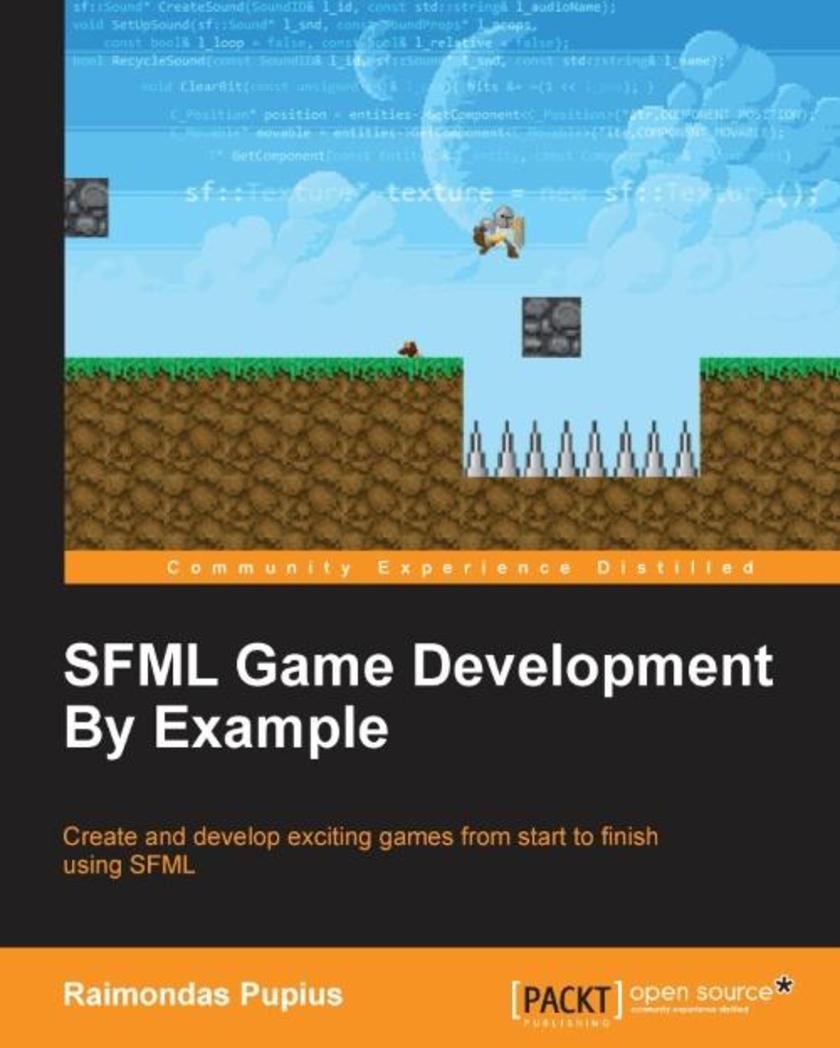
SFML Game Development By Example
¥90.46
Create and develop exciting games from start to finish using SFML About This Book Familiarize yourself with the SFML library and explore additional game development techniques Craft, shape, and improve your games with SFML and common game design elements A practical guide that will teach you how to use utilize the SFML library to build your own, fully functional applications Who This Book Is For This book is intended for game development enthusiasts with at least decent knowledge of the C++ programming language and an optional background in game design. What You Will Learn Create and open a window by using SFML Utilize, manage, and apply all of the features and properties of the SFML library Employ some basic game development techniques to make your game tick Build your own code base to make your game more robust and flexible Apply common game development and programming patterns to solve design problems Handle your visual and auditory resources properly Construct a robust system for user input and interfacing Develop and provide networking capabilities to your game< In Detail Simple and Fast Multimedia Library (SFML) is a simple interface comprising five modules, namely, the audio, graphics, network, system, and window modules, which help to develop cross-platform media applications. By utilizing the SFML library, you are provided with the ability to craft games quickly and easily, without going through an extensive learning curve. This effectively serves as a confidence booster, as well as a way to delve into the game development process itself, before having to worry about more advanced topics such as “rendering pipelines” or “shaders.” With just an investment of moderate C++ knowledge, this book will guide you all the way through the journey of game development. The book starts by building a clone of the classical snake game where you will learn how to open a window and render a basic sprite, write well-structured code to implement the design of the game, and use the AABB bounding box collision concept. The next game is a simple platformer with enemies, obstacles and a few different stages. Here, we will be creating states that will provide custom application flow and explore the most common yet often overlooked design patterns used in game development. Last but not the least, we will create a small RPG game where we will be using common game design patterns, multiple GUI. elements, advanced graphical features, and sounds and music features. We will also be implementing networking features that will allow other players to join and play together. By the end of the book, you will be an expert in using the SFML library to its full potential. Style and approach An elaborate take on the game development process in a way that compliments the reader’s existing knowledge, this book provides plenty of examples and is kind to the uninitiated. Each chapter builds upon the knowledge gained from the previous one and offers clarifications on common issues while still remaining within the scope of its own subject and retaining clarity.
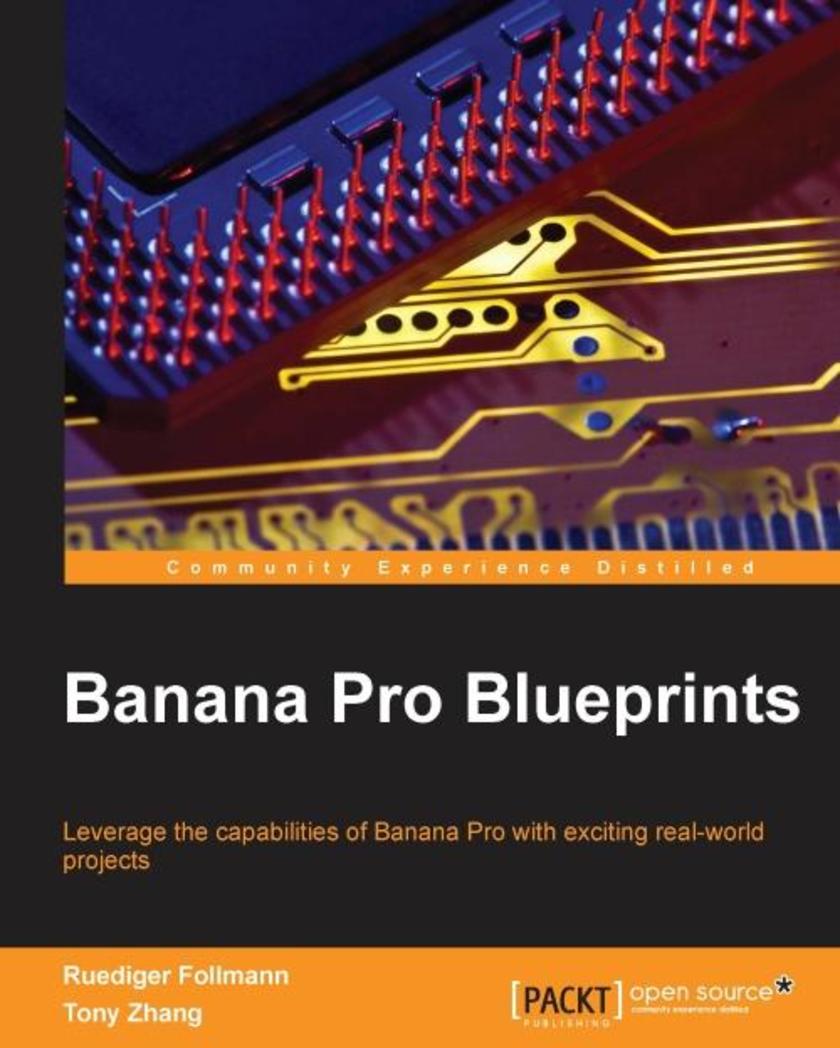
Banana Pro Blueprints
¥90.46
Leverage the capability of Banana Pi with exciting real-world projects About This Book Delve into the expanse of Banana Pi’s self-managing functionalities and develop real-world projects Gain hands-on experience of developing various wireless, multimedia, robotic, and sensor-based applications with Banana Pi Develop your applications using Banana Pi through a project-based approach Who This Book Is For This book is designed for those who are interested in exploring the capabilities of Banana Pro. Basic know-how of Linux and embedded systems would be an added advantage. What You Will Learn Remotely connect to Banana Pro and program the embedded board Use Banana Pro as a hotspot or provide an AirPlay server for wireless audio transmission Find out about the different programming languages that can be used with Banana Pro Build and program your own multimedia centre in order to watch television and movies Connect peripherals such as a camera, LCD, or hard disk to Banana Pro Manage and regulate your Linux system with Banana Pro Stream music wirelessly from your mobile phone to Banana Pro In Detail This book follows a tactical plan that will guide you through the implementation of Banana Pro and its configurations. You will then learn the various programming languages used with Banana Pi with the help of examples. In no time at all, you’ll be working on a wireless project that implements AirPlay servers, hotspots, and so on. Following this, you’ll develop a retro-style arcade kiosk game. Then we’ll move on to explore the multimedia features of Banana Pro by designing and building an enclosure for it. After this, you’ll learn to build a remote-controlled smart car and we’ll examine how to control a robotic arm. The book will conclude with the creation of a home sensor system that has the ability to expand or shrink to suit any home. Style and approach This book follows a project-based approach that covers the most important features of Banana Pro. Every chapter dives into the practical side of the implementation.
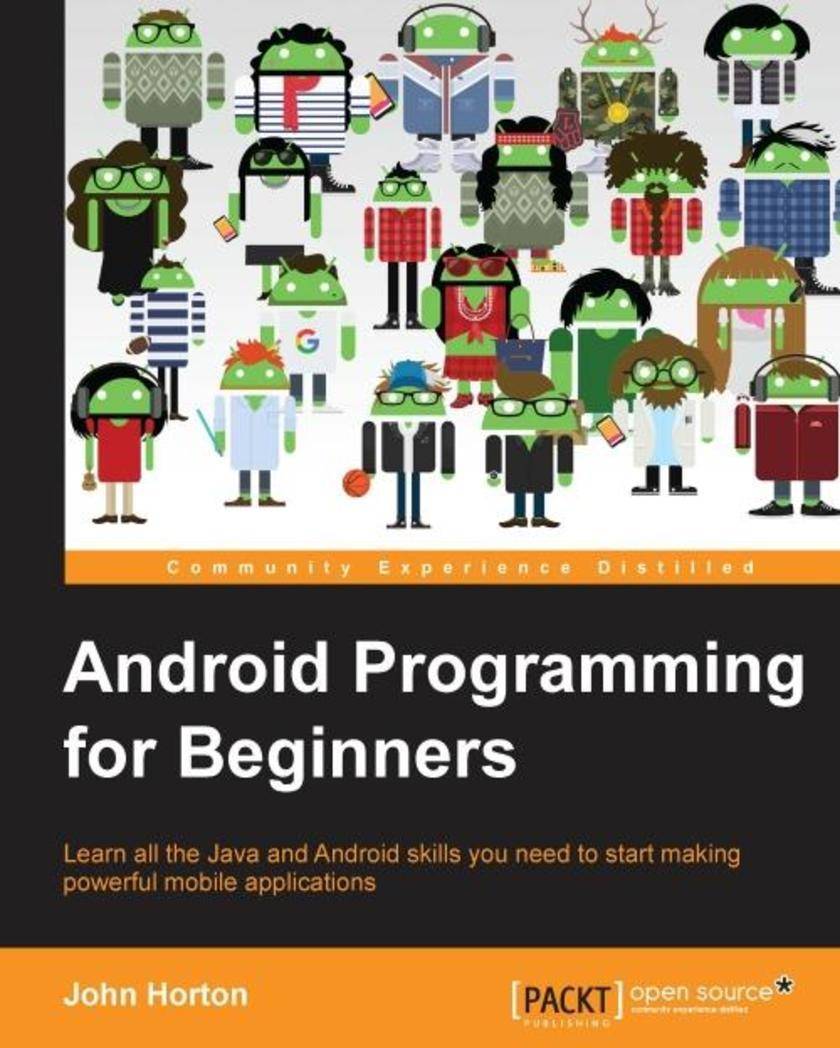
Android Programming for Beginners
¥90.46
Learn all the Java and Android skills you need to start making powerful mobile applications About This Book Kick-start your Android programming career, or just have fun publishing apps to the Google Play marketplace A first-principles introduction to Java, via Android, which means you’ll be able to start building your own applications from scratch Learn by example and build three real-world apps and over 40 mini apps throughout the book Who This Book Is For Are you trying to start a career in programming, but haven’t found the right way inDo you have a great idea for an app, but don’t know how to make it a realityOr maybe you’re just frustrated that “to learn Android, you must know java.” If so, Android Programming for Beginners is for you. You don’t need any programming experience to follow along with this book, just a computer and a sense of adventure. What You Will Learn Master the fundamentals of coding Java for Android Install and set up your Android development environment Build functional user interfaces with the Android Studio visual designer Add user interaction, data captures, sound, and animation to your apps Manage your apps’ data using the built-in Android SQLite database Find out about the design patterns used by professionals to make top-grade applications Build, deploy, and publish real Android applications to the Google Play marketplace In Detail Android is the most popular OS in the world. There are millions of devices accessing tens of thousands of applications. It is many people's entry point into the world of technology; it is an operating system for everyone. Despite this, the entry-fee to actually make Android applications is usually a computer science degree, or five years’ worth of Java experience. Android Programming for Beginners will be your companion to create Android applications from scratch—whether you’re looking to start your programming career, make an application for work, be reintroduced to mobile development, or are just looking to program for fun. We will introduce you to all the fundamental concepts of programming in an Android context, from the Java basics to working with the Android API. All examples are created from within Android Studio, the official Android development environment that helps supercharge your application development process. After this crash-course, we’ll dive deeper into Android programming and you’ll learn how to create applications with a professional-standard UI through fragments, make location-aware apps with Google Maps integration, and store your user’s data with SQLite. In addition, you’ll see how to make your apps multilingual, capture images from a device’s camera, and work with graphics, sound, and animations too. By the end of this book, you’ll be ready to start building your own custom applications in Android and Java. Style and approach With more than 40 mini apps to code and run, Android Programming for Beginners is a hands-on guide to learning Android and Java. Each example application demonstrates a different aspect of Android programming. Alongside these mini apps, we push your abilities by building three larger applications to demonstrate Android application development in context.
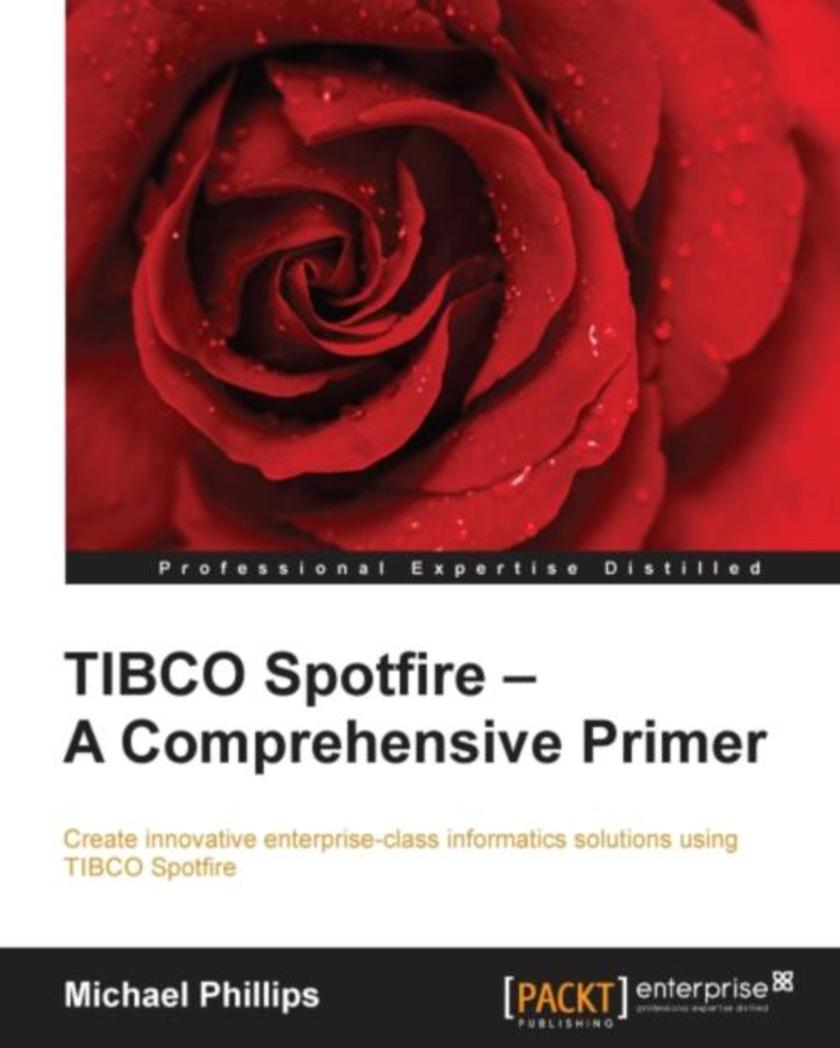
TIBCO Spotfire – A Comprehensive Primer
¥90.46
If you are a business user or data professional, this book will give you a solid grounding in the use of TIBCO Spotfire. This book assumes no prior knowledge of Spotfire or even basic data and visualization concepts.




 购物车
购物车 个人中心
个人中心



